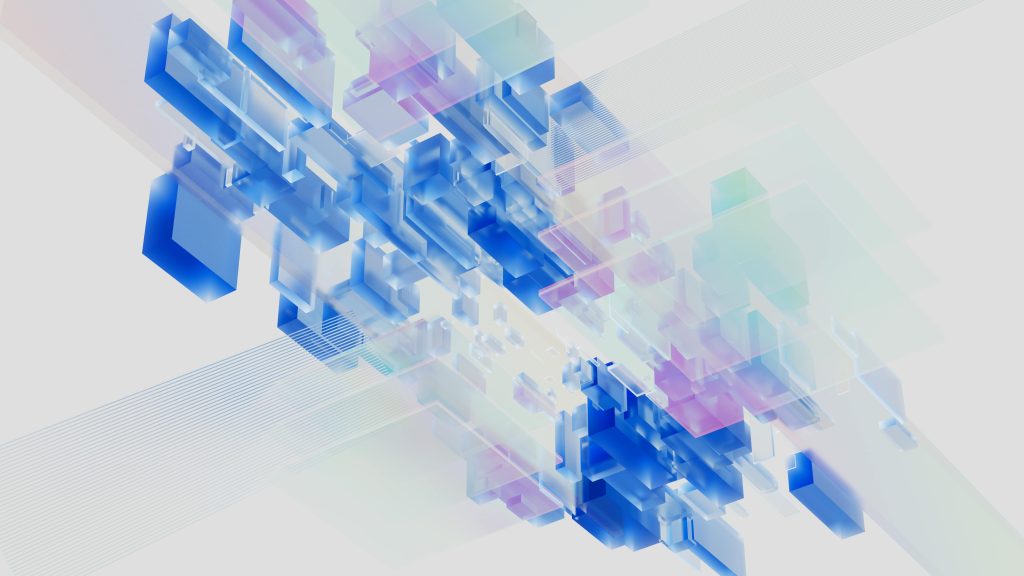By Tory Green
History moves in patterns. Niall Ferguson’s “The Square and the Tower” reveals how decentralized networks rise to challenge concentrated power. The printing press disrupted the Church. The internet challenged media monopolies.
The pattern repeats with AI.
Big Tech’s centralized control faces mounting pressure from open networks that give anyone access to intelligence. Three companies currently dominate global AI infrastructure, but their monopoly shows cracks. The window to build alternatives narrows daily. This civilizational crossroads demands immediate action.
Two Futures Diverging Fast
Picture 2030 under total corporate control. Every AI request flows through AWS, Google, or Azure servers. Innovation crawls at corporate approval pace. Researchers in Mumbai wait months for GPU allocations while Silicon Valley teams enjoy instant access. Monopoly pricing extracts maximum profit. Hidden biases shape outputs without transparency.
The cracks already show. Startups burn 80% of their funding on compute costs. Universities lose AI talent to seven-figure signing bonuses. Nations depend on foreign corporations for critical infrastructure. This stranglehold drives innovators toward a radically different path.
Developers in Nairobi access the same computational power as those in San Francisco. Computing resources flow abundantly at marginal cost. Open models solve problems without gatekeepers. Communities govern their own AI systems. Innovation explodes because millions can participate.
Early signs encourage hope. Mistral’s open models match proprietary competitors at 90% less cost. Ocean Protocol connects 1.3 million data nodes. io.net activated compute in 138 countries within twelve months.
Stakes That Dwarf Previous Tech Battles
Big Tech plans $300 billion in AI infrastructure spending for 2025 alone, exceeding most national GDPs. Each data center strengthens its grip. Every acquisition eliminates competitors.
Failure to decentralize triggers cascading consequences. Economic inequality explodes when AI access requires corporate relationships. Countries lacking domestic infrastructure become digital vassals. Permission requirements suffocate innovation. Whoever controls AI infrastructure controls humanity’s technological future.
Centralization multiplies systemic risks catastrophically. December 2021’s AWS outage paralyzed services globally. When AI manages healthcare, finance, transportation, and defense, concentrated infrastructure creates civilization-scale vulnerabilities. One attack could cripple billions simultaneously. Yet beyond these visible catastrophes lie quieter tragedies.
Medical breakthroughs die from prohibitive compute costs. Climate solutions stay undiscovered because only profitable problems receive resources. Communities remain disconnected because serving them generates insufficient returns.
Decentralized Networks Strike Back
The resistance grows stronger daily. io.net’s partnership roster spans from Dell Technologies to Leonardo.ai, attracted by superior economics rather than sales pitches. Decentralized compute costs 90% less while providing global access and permissionless availability. Performance matches or exceeds centralized alternatives.
Real networks prove the concept works. Aethir activated 400,000 GPUs across 93 locations. Render Network reduced rendering costs by 80% compared to traditional providers. Akash maintains 99.99% uptime while dramatically undercutting AWS pricing. These production systems handle serious workloads today, not someday.
Compound advantages accelerate adoption. Open-source models improve rapidly through contributions from global communities. Costs plummet when thousands of providers compete instead of three. Innovation thrives when builders need no permission to experiment. Decentralized infrastructure makes centralized control obsolete through superior economics and accessibility.
Global communities embrace these tools. Turkish activists used IPFS to restore Wikipedia access during government censorship. Researchers share models through Bittensor’s peer-to-peer network. Developers fork biased models to create fairer alternatives. Decentralization provides both technology and resistance architecture against concentrated power.
Racing Against Network Effects
Timing determines everything in platform battles. Network effects create nearly irreversible lock-in once they reach critical mass. After enough developers invest in proprietary platforms, switching becomes economically impossible. When sufficient data accumulates in corporate silos, extraction grows prohibitively expensive. Standards calcify around incumbent architectures.
AI compute demand doubles every 3.4 months. Current growth trajectories require 10x capacity by 2027. Centralized providers cannot build fast enough to meet demand, but they can capture enough market share to prevent alternatives from reaching viable scale. The race intensifies daily.
Historical parallels illuminate the urgency. The printing press succeeded because it proliferated before authorities could suppress it. The internet flourished by growing faster than regulatory capture. Decentralized AI faces the same narrow window between emergence and enclosure.
Building the Open Alternative
Every GPU added to decentralized networks strengthens the open ecosystem. Each open-source model trained reduces dependence on proprietary systems. All developers choosing permissionless infrastructure over corporate platforms shift power toward communities and away from monopolies.
AI will generate quadrillions in economic value, but only if infrastructure scales to meet exponential demand. Decentralized networks provide the sole architecturally sound path to that scale. Centralized systems optimize for profit extraction while distributed networks enable value creation. Architecture determines outcomes.
The moment of choice arrives now. History teaches that technological disruptions create brief windows for fundamental restructuring. Miss these moments, and power reconsolidates for generations.
We stand at precisely such an inflection point. The battle between closed corporate control and open human agency will be decided in the coming months. The clock runs faster than most realize. Build the open future while the window remains open.
Tory Green is the Co-Founder and Chairman of io.net, the world’s largest decentralized AI compute network. As former CEO, he led io.net to a $1 billion valuation and major exchange listings. His career spans investment banking at Merrill Lynch, strategy at Disney, private equity at Oaktree Capital, and leadership in multiple startups. Tory holds a BA in Economics from Stanford University and played football at West Point. He now focuses on advancing open, decentralized AI infrastructure and innovation across the AI and Web3 sectors.














